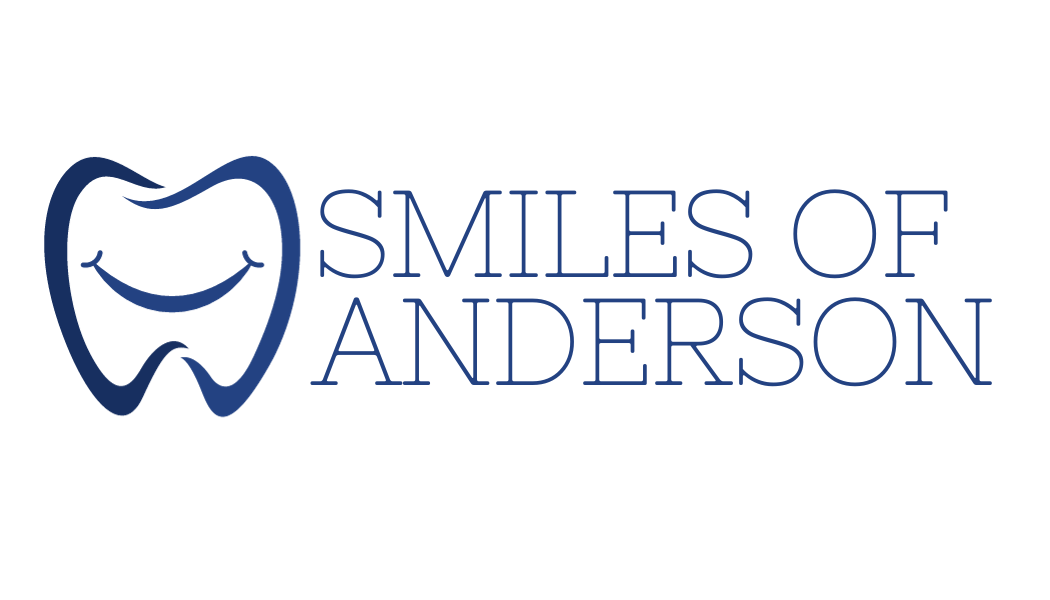Early Intervention Orthodontics
Traditional orthodontics has always been taught as a “wait and see” process. By that, I mean to wait until all permanent teeth have erupted and then sort out the crowded mess that has occurred. This often requires four permanent teeth to be removed. Often a “headgear” is used to move the upper front teeth back to close the spaces that remain. This can lead to TMJ problems later since the lower jaw is limited in movement by moving the upper teeth backward.
A better approach is to take advantage of the child’s growth potential early on (6-7 yrs of age) by placing expansion retainers, grow the necessary bone and when permanent tooth has erupted, straighten the teeth with braces (metal, clear, or invisible) without extracting any teeth.
We take a panoramic x-ray of your child at age 6-8 to see if there will be crowding by looking at the developing teeth in the bone on the film. If there is crowding visible, we can make models of the child’s mouth and measure how much bone is required. We have used this treatment method for over 29 years with great success. We rarely extracted permanent teeth to treat our cases.
One of the problems with extracting teeth and pulling the front teeth back with headgear is that the child may develop TMJ problems later in life. This happens because the upper front teeth when they are brought back, keep the lower jaw from going forward into its resting zone. This creates strain in the Jaw joint (TMJ). Very few children have grown up experiencing TMJ symptoms using this method of early intervention. In fact, that is why I got involved with learning this treatment method because I treat TMJ problems and found I needed to move the teeth differently from the traditional orthodontic way. If your child is in the 6-8-year-old age group you may want to seek out an early intervention orthodontic dentist, like us.
